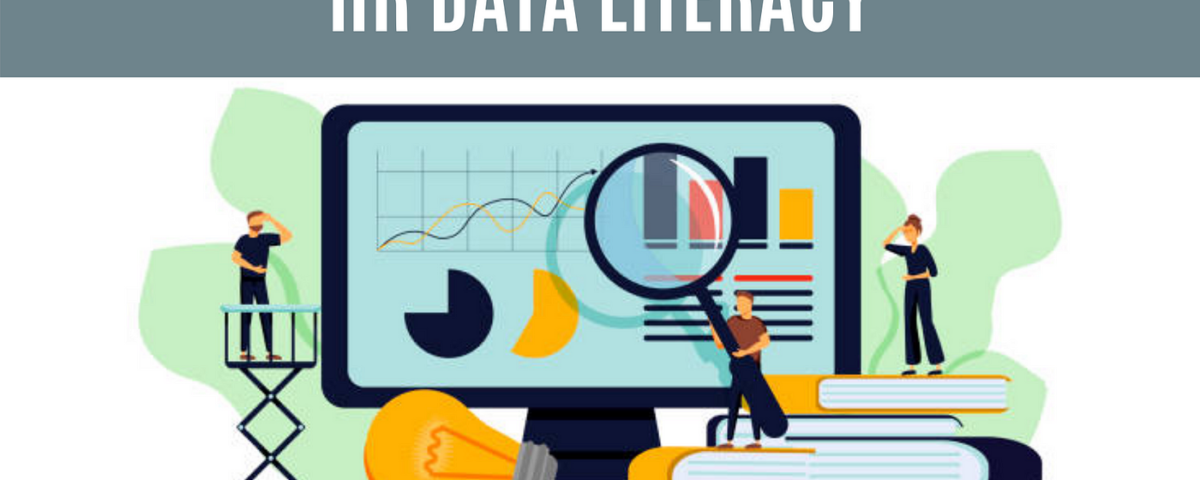
How You Elevate Customer Experience with Personalization and Ensure Every Customer Feels Valued?
11 June 2023
Navigating The Pitfalls and Strategies Of Company Expansion
18 July 2023In today’s data-driven world, organizations across industries are recognizing the power of data analytics in making informed decisions. Human resources (HR) departments are no exception. By leveraging data analytics, HR professionals can gain valuable insights into employee behavior, performance, and engagement, enabling them to make more effective and strategic decisions. We are going to explore the various ways HR can leverage data analytics to improve decision-making processes.
1. Defining the HR Analytics Strategy:
To begin harnessing the power of data analytics, HR departments must first develop a well-defined analytics strategy. This involves determining the objectives, identifying the data sources, and establishing the necessary infrastructure and tools. The strategy should align with the overall organizational goals and focus on areas such as talent acquisition, performance management, employee engagement, and retention.
2. Collecting and Integrating HR Data:
The next step is to collect and integrate relevant HR data from various sources. This data may include employee demographics, performance metrics, training records, survey results, and more. Integration is crucial as it allows for a comprehensive view of the workforce, enabling HR professionals to identify patterns, trends, and correlations that can inform decision-making.
3. Applying Descriptive Analytics:
Descriptive analytics involves analyzing historical HR data to gain insights into past trends and patterns. This can help HR professionals understand factors that have influenced employee behavior, performance, and engagement in the past. By identifying key indicators, HR can make data-driven decisions to address challenges and capitalize on opportunities.
For example, by analyzing data on employee turnover rates, HR can identify the factors contributing to attrition and develop strategies to retain high-performing employees. Descriptive analytics also helps in benchmarking against industry standards and identifying areas where improvement is needed.
4. Utilizing Predictive Analytics:
Predictive analytics takes HR decision-making a step further by using historical data and statistical modeling techniques to predict future outcomes. By analyzing patterns and correlations, HR can anticipate potential issues or opportunities and proactively take action.
For instance, predictive analytics can help HR forecast workforce demand and identify skill gaps. This allows HR to plan recruitment efforts, training programs, and succession strategies accordingly, ensuring the organization has the right talent at the right time.
5. Implementing Prescriptive Analytics:
Prescriptive analytics goes beyond predicting future outcomes and provides HR professionals with actionable recommendations. By leveraging advanced algorithms and machine learning, prescriptive analytics can suggest the best course of action based on a given set of circumstances.
For example, prescriptive analytics can help HR professionals determine the most effective employee engagement initiatives by analyzing the impact of different factors on employee satisfaction. This enables HR to make informed decisions on strategies such as flexible work arrangements, career development programs, or team-building activities.
6. Ensuring Data Privacy and Security:
As HR departments handle sensitive employee information, ensuring data privacy and security is paramount. Implementing robust data protection measures, complying with relevant regulations (such as GDPR or CCPA), and adopting ethical data practices are crucial to maintaining trust and confidentiality.
By leveraging data analytics, HR departments can transform their decision-making processes, moving from intuition-based approaches to evidence-based strategies. The use of descriptive, predictive, and prescriptive analytics empowers HR professionals to proactively address challenges, optimize talent management, and drive organizational success. However, it is important to remember that data analytics is a tool, and human expertise and judgment remain essential for interpreting insights and making effective decisions. By integrating data analytics into HR practices, organizations can unlock the full potential of their workforce and gain a competitive edge in the market.




